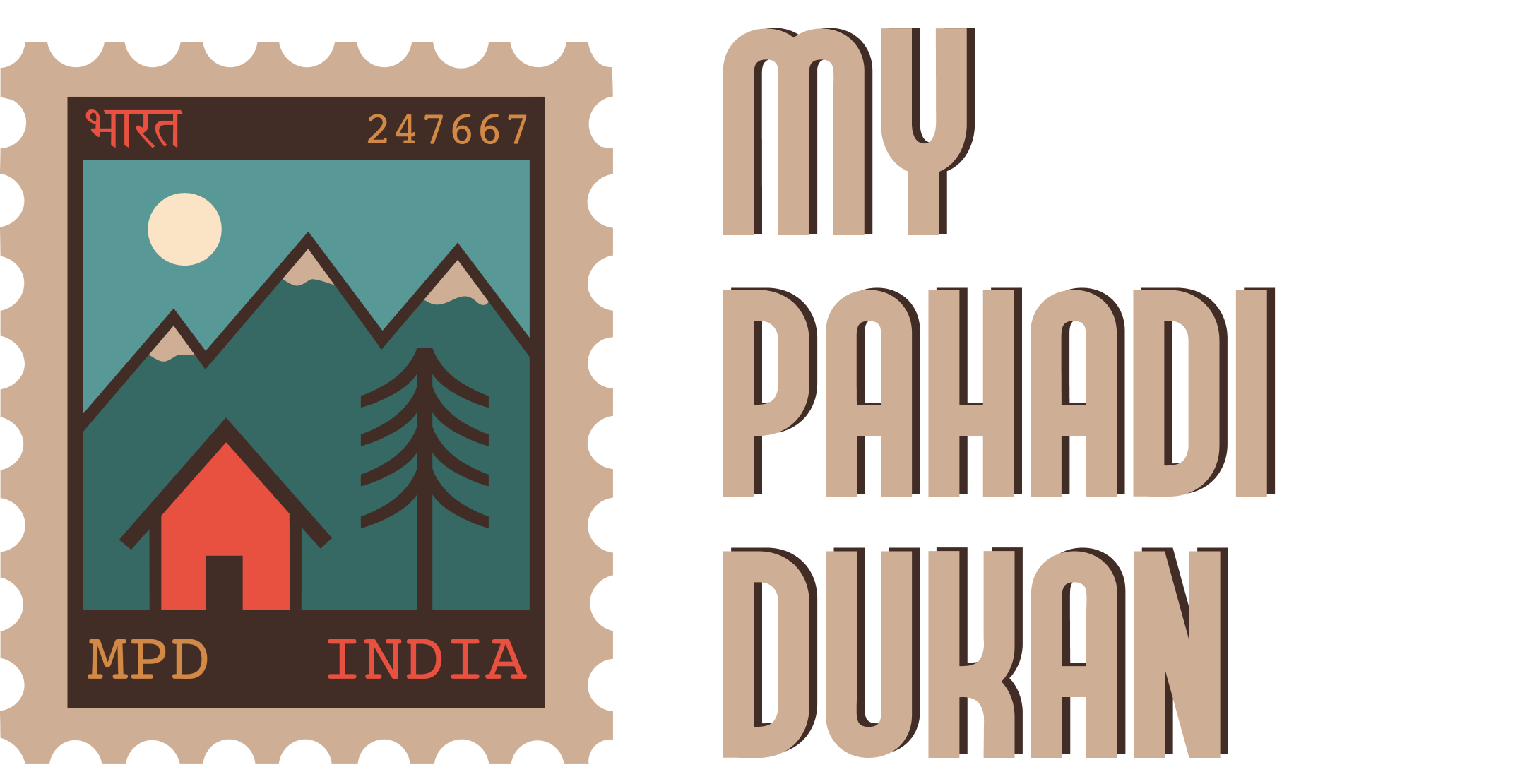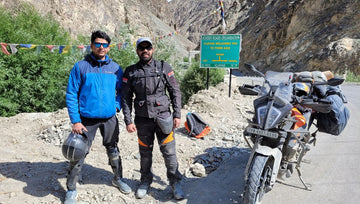Embarking on a self-supported bike journey through the remote and rugged Zangskar Region of Ladakh is an adventure of a lifetime. My friend and I decided to undertake this journey on a single bike, carrying all our essential gear, determined to explore some of the most breathtaking yet challenging terrains of the Himalayas. This guide will walk you through our route, experiences, and the majestic landscapes we encountered.
Starting Point: Manali to Darcha

Our journey began in Manali, a bustling town that needs no introduction. Known for its picturesque valleys and vibrant culture. From Manali, we set out for Darcha, a small settlement that serves as a gateway to many high-altitude treks. The route to Darcha was scenic, with the lush green Kullu Valley gradually giving way to the stark, arid landscapes characteristic of higher altitudes.
Unexpected Stop at Keylong
As we approached Keylong, we were greeted by an unexpected rainstorm. Keylong, nestled in the Lahaul Valley, offered us a much-needed refuge. The town, surrounded by towering mountains, is a blend of serenity and rugged beauty. We spent the night here, allowing the rain to pass. We enjoyed the tranquillity of the place and re-calibrated our plan.
Crossing Shinku La Pass into Zangskar

The next day, we resumed our journey towards Shinku La Pass, one of the highest and most challenging passes in the region. The ascent was grueling, with the unpaved roads testing our endurance and the bike's capabilities. The cold was biting, and the winds howled relentlessly, but the stunning vistas of glacial rivers and snow-capped peaks made every hardship worthwhile. The descent was even worse, with the winter snow melting into small streams that flowed over the road. Making the whole descent treacherous. But with patience and experience we made it through.
Arrival at Gonboranjan Camping Ground

After a long and arduous ride, we reached the Gonboranjan camping ground. This remote area offered us a serene camping spot with a magnificent view of Gonboranjan Peak. Despite the harsh conditions, the presence of a few dhabas made things a little easier. We enjoyed a hot dinner, replenished our supplies, and settled in for a cold, star-lit night in our tent which we had pitched right next to the river of the valley.
Journey to Phugtal Monastery
The following morning, we left for Padum, but not before making a detour to the remote Phugtal Monastery. We parked our bike at Purney, a small hamlet where we had our second breakfast. The restaurant owner, a young girl, upon learning that we planned to visit Phugtal monastery and leave the same day, bet us that it would take at least six hours to hike to the monastery and back, and that we won’t be able to leave the same day.
Undeterred, we set off on the 6 hour hike, determined to prove her wrong. The trail was challenging, winding through narrow paths and over rocky terrain, but the view of emerald blue river and the towering peaks was awe-inspiring. We made it back to Purney in just three hours, much to the amazement of our host, who rewarded us with a pizza—a luxury in such a remote location. After lunch in Purney, we continued our journey to Padum. By this time, we were painfully sunburnt.
Reaching Padum

Arriving in Padum late in the evening, we were exhausted but exhilarated. Padum, the administrative center of Zangskar, offered a stark contrast to the isolation we had experienced so far. We found a cozy hotel, enjoyed some snacks, and settled in for a much-needed rest.
The Final Leg: Padum to Leh

The next morning, we embarked on the final leg of our journey towards Leh. This part of the journey was characterized by breathtaking views and numerous high-altitude passes, including the formidable Singay La. The landscape alternated between barren, rocky expanses and lush, green villages, each turn revealing a new and awe-inspiring sight. Despite the harsh sun and bitter cold, the rugged beauty of the Zangskar region was mesmerizing.
Reflections on the Journey
Traveling through the Zangskar region on a single bike, with all our luggage in tow, was not without its challenges. The rough, unpaved roads, the extreme weather conditions, and the sheer physical demands of the journey tested our limits. Yet, these hardships were overshadowed by the unparalleled beauty and tranquility of the Himalayas.
For fellow travelers considering a similar journey, here are a few tips:
- Preparation is Key: Ensure your bike is in top condition and carry essential spares and tools.
- Pack Wisely: The weather can be unpredictable, so bring both warm clothing and rain gear.
- Stay Hydrated and Energized: Carry enough water and high-energy snacks to keep you going.
- Plan Your Stops: Know where you can find shelter and food, and be prepared for unexpected delays.
- Respect the Environment: The Zangskar region is pristine and fragile. Leave no trace and respect local customs and traditions.
This journey through the Zangskar region was an unforgettable adventure, filled with stunning landscapes, challenging roads, and the thrill of exploration. If you're up for an adventure that tests your limits and rewards you with unmatched beauty, this route should be on your bucket list.







